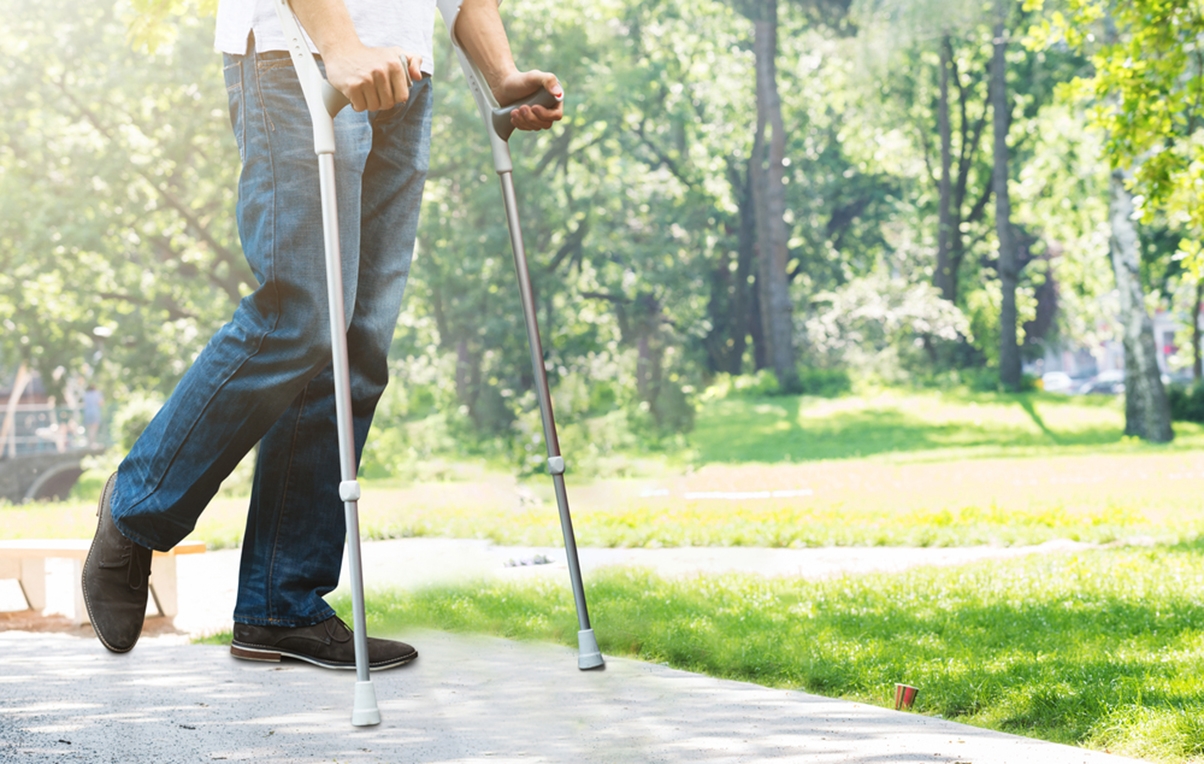Wearable fitness trackers and exercise tracker apps have been marketed as a way to get us fitter, healthier and improve our general wellbeing. They have become increasingly popular in recent years and saw a dramatic increase in use during the pandemic. Now, access to the information held has added an extra dimension to the information-gathering process in personal injury litigation. Megan Goodyer explains how they can be used.
The dangers of social media and the “accidental” or “unhelpful” posts that arrive on Facebook, Instagram and other platforms are well documented. Information is being gathered all the time by our phones, watches and even rings.
Some of that information is now being harnessed to good effect in personal injury cases. In cycling cases, exercise tracker apps such as Strava have been used in liability disputes to demonstrate speed, location and the point of collision. The information obtained may also impact quantum aspects of a case.
Case study
In a recent case, I represented an active 52-year-old, R, who was involved in a cycling accident. He was cycling with a friend, when a car turned across his path. The client took up cycling at the age of 47, increased his weekly mileage over time, joined a local bike group and undertook regular group rides. In the year before the accident, he took part in the London to Paris Bike Ride, the London to Brighton Bike Ride and the London Ride 100. He cycled between 125-160 miles per week. His Strava data confirmed that he had ridden almost 12,000 miles since purchasing his road bike.
As a result of the accident, R was left with an incomplete spinal cord injury. Although he made a good physical recovery and could walk, he had an unbalanced gait and found it particularly difficult to walk on uneven surfaces. He experienced pain and stiffness in his back, legs and arms and had difficulties with tasks requiring fine dexterity and hand and wrist strength.
Cycling was one of R’s passions before the accident and something he was keen to return to. While he was able to get back on his bike following the accident and could ride with friends, it was a different experience from his pre-accident cycling. He needed help getting on and off his bike, could not cycle for as long and had to take more regular breaks.
How is fitness trackers data used in a case?
The insurance company representing the car driver, were able to access the claimant’s Strava data and could see the rides he was undertaking following the accident. The defendants suggested that the mileage data, in particular, was not commensurate with his presentation at expert appointments nor his explanation of his ongoing symptoms and difficulties.
In our view, the Strava data presented a different picture. After a thorough analysis of the data, we demonstrated that the claimant was cycling about 20% of his pre-accident miles and at a significantly slower speed. The data also showed he was cycling less often, shorter distances, taking more frequent breaks and was slower than before his accident. Despite the decline in mileage and speed, R was also now cycling an assisted electric bike, something Strava did not show.
Our spinal experts were asked to review the Strava data in a similar way to how they would look at surveillance evidence. They were asked to comment on the mileage and how this fitted in with their understanding of the client’s presentation at assessment. As the availability of this type of data becomes more prevalent, it will be important to ensure that our experts are instructed with a better understanding of what the data shows.
Conclusions
Some companies specialise in the forensic review and recovery of digital evidence, essentially obtaining information from wearable devices. It is no longer possible to simply delete a ride or run and assume it has disappeared. Once it exists, it can be recovered. These services will become increasingly sophisticated.
The huge growth in the wearable technology market will lead to more and more of this data becoming available. We are likely to see more cases relating to the requests for disclosure of such data and it is not yet known how the court will respond.
You can find further information regarding our expertise, experience and team on our Personal Injury pages.
If you require assistance from our team, please contact us.
Subscribe – In order to receive our news straight to your inbox, subscribe here. Our newsletters are sent no more than once a month.




